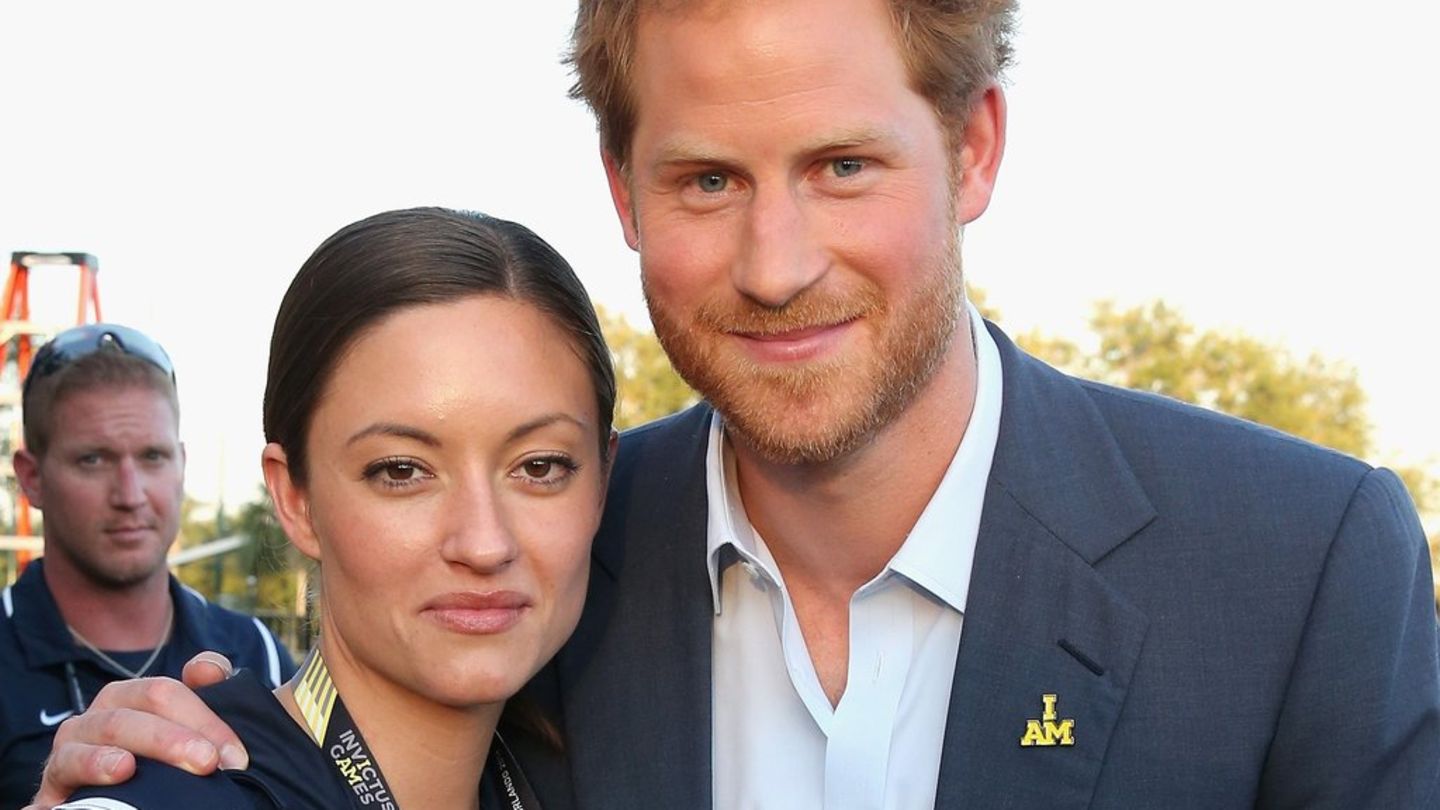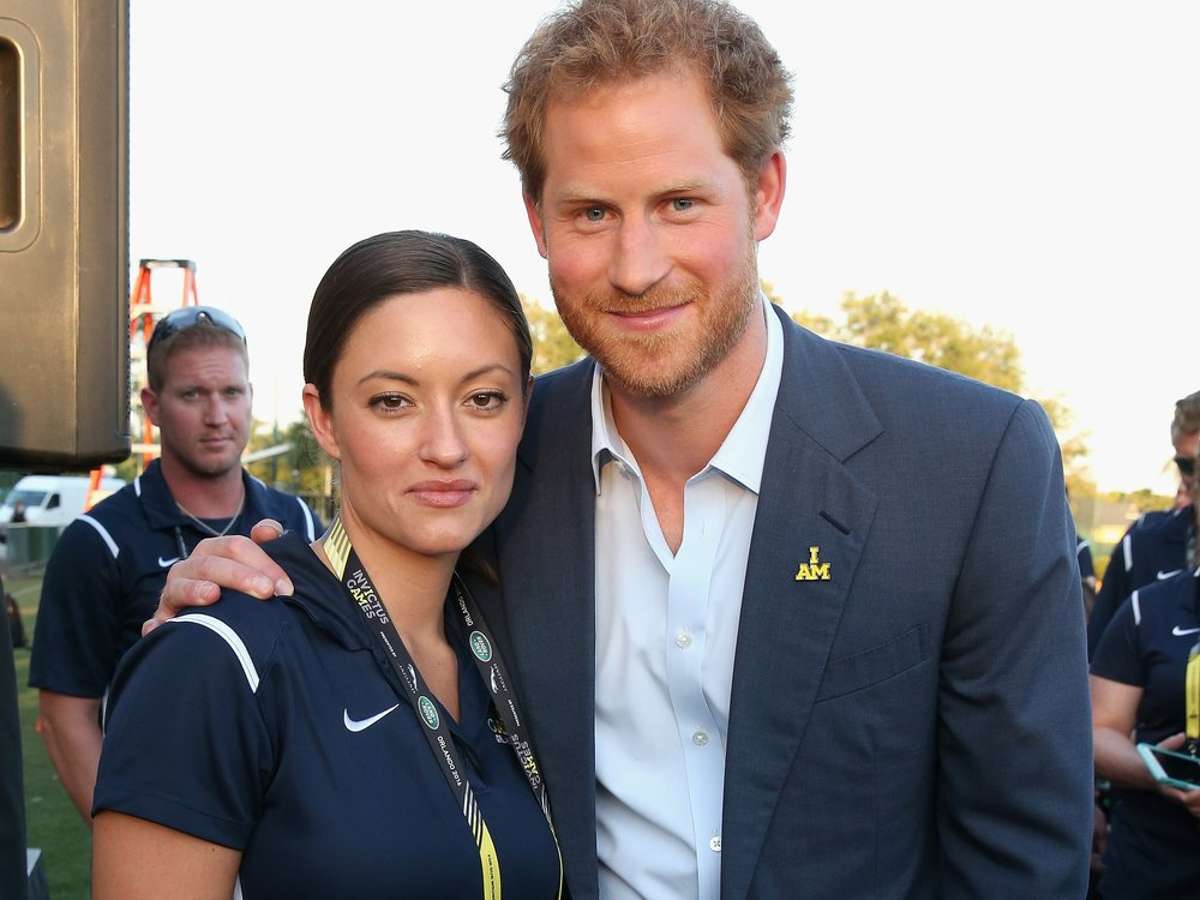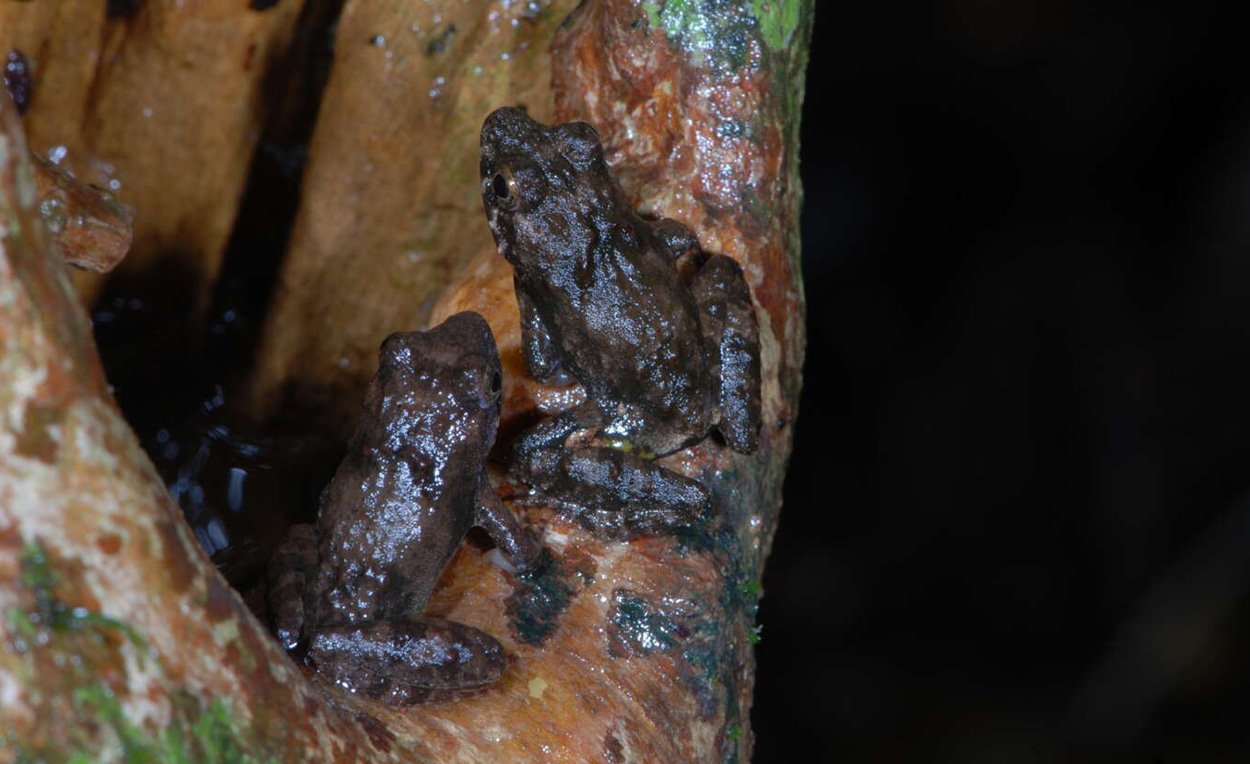How long does it take for a forest to recover from deforestation and other human intervention? Scientists investigated this in rainforest areas of Côte d’Ivoire where trees were cut down 45 years ago. They found: Even after such a long period, the forest ecosystem has not yet fully regenerated. The structure of the forest is still changing and some species of frogs have not returned to this day.
Taï National Park in western Ivory Coast is the largest remaining rainforest in West Africa. Like many other tropical forests around the world, the region is under great pressure: road construction, agriculture and forestry have severely restricted the habitats of many species, and unpredictable rains are increasing. For decades, deforestation has not been restricted in this region.
How long does a forest need to regenerate?
A research team led by Tokouaho Flora Kpan of the Museum für Naturkunde in Berlin took the opportunity to investigate in Taï National Park how long it takes for the forest to recover from human intervention. To do this, they examined many areas of forest every 15 years that had been felled 30 or 45 years ago. “In 1970 the wood was cut here,” explains co-author Raphael Ernst of the Senckenberg Natural History Group in Dresden. “Since then, the forest has been able to regenerate naturally. We wanted to see if the biodiversity and composition were restored.”
To this end, the scientists analyzed the structure, species composition, and age of trees in the regrown forest in order to record changes in habitat. On the other hand, they identified how amphibians changed and evolved in these forest regions compared to pristine rainforest regions. “Amphibians are particularly well suited as indicators of environmental changes,” explains KPan Fellow Mark-Oliver Rödel. “They have complex life cycle strategies and rapid reproductive cycles and therefore often have specialized requirements for their habitat.” The researchers examined the populations of a total of 33 frog species in a previously managed area, and compared them with data from 2000 and with surrounding, pristine forests.
Even after 45 years, it’s not the same anymore
Comparative studies have shown that although the forest has generally recovered, species composition still deviates significantly from its original state more than forty years after deforestation. In the regrown “secondary” forest, there is a lack of large trees that give structure. “Until now, it has been assumed in forestry that it takes about thirty years to regenerate a forest and that you can only think of using it economically again,” says Ernst. “We now see that it will probably take 40 to 60 years for the original ecosystem to be restored in its depth and breadth.”
This was also evident from the amphibians in the regrown forest areas: some frog species did not return to the regrown forests even after 45 years. As a result, the diversity of amphibians in these areas still lags behind that of the virgin forest – despite the long regeneration time. An example is Phrynobatrachus guineensis, a small but well-climbed species of orange-toed leaf frog. Tadpoles take 21 days to fully develop, but only grow in small tree holes filled with water or snail shells. Frogs follow the growth of trees. The researchers explained that the slowest organisms determine the pace of fast-moving organisms.
The complex interaction of different organisms in an ecosystem must always be taken into account.
Source: Senckenberg Society for Nature Research; Technical article: Forest ecology and management, doi: 10.1016/j.foreco.2021.119489

“Alcohol buff. Troublemaker. Introvert. Student. Social media lover. Web ninja. Bacon fan. Reader.”







More Stories
Pluto: Astrophysicists have now found a scary explanation
“Time seems to cure long Covid.”
Science: The use of artificial intelligence is changing the way hospitals operate